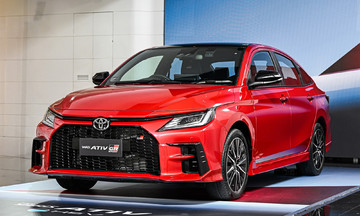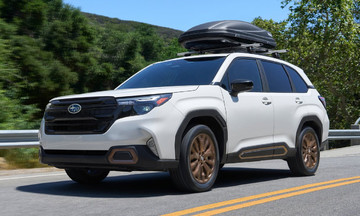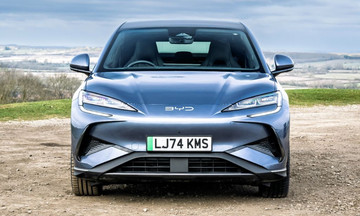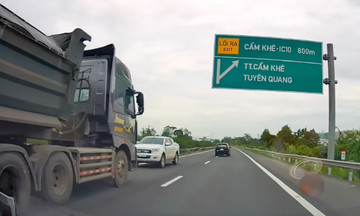The number of gas stations in South Korea is steadily decreasing, with almost 1,000 stations shutting down in the past six years. According to Opinet, the crude oil price information platform operated by the Korea National Oil Corporation (KNOC), there were 11,499 gas stations in the country in 2019. This number decreased by 8.4% to 10,528 by the end of June this year.
The market peaked in 2010 with 13,004 stations operating nationwide, but has declined steadily in the intervening years. Projections suggest the total number of stations will drop below 10,000 within the next three to four years.
In Seoul, the number of gas stations peaked at 819 at the end of 1999. This increase was driven by the lifting of regulations that previously restricted the establishment of new gas stations, coinciding with the rapid growth of the South Korean car market, which reached nearly 10 million registered vehicles by the mid-1990s.
However, by the end of 2024, the number of gas stations in Seoul had fallen to 427 – almost half the 1999 figure.
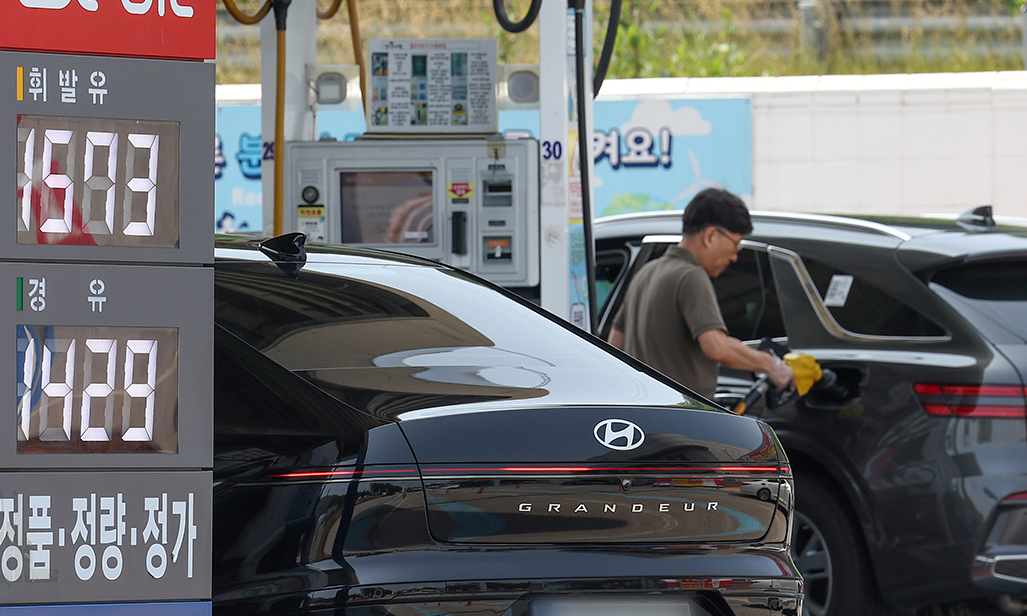 |
A customer refueling at a gas station in South Korea. Photo: SBS |
A customer refueling at a gas station in South Korea. Photo: SBS
Fierce competition within the industry has exacerbated financial challenges. The rise in hybrid vehicle sales – nearly on par with gasoline-powered cars – and the growing popularity of electric vehicles, which have now surpassed diesel models, further cloud the outlook for gas stations. While some operators have transitioned to self-service models or diversified their operations, these measures are seen as temporary solutions rather than long-term fixes for the industry's protracted decline.
According to data from the Korean Agency for Technology and Standards (KATS), the Korea Petroleum Quality and Distribution Authority (K-Petro), KNOC, and the Korea Oil Station Association, the number of gas stations nationwide decreased by 1.3%, or 148 stations, to 10,875 as of 31/12/2024. This marked the first time since 2004 – when the number stood at 11,123 – that the total fell below 11,000.
Concerns about market saturation emerged early on, contributing to the decline. Intense competition eroded profit margins, forcing many stations to close.
At its peak, more than 250 stations closed annually, while even slower years saw around 100 closures. An official from the Korea Oil Station Association noted that in the early 1990s, gas stations enjoyed average operating profit margins of 18%. By the mid-2000s, after the number of stations exceeded 11,000, margins fell to around 4%. By the 2010s, they dipped below 1%, pushing the industry into a precarious position.
As competition intensified, consumer behavior shifted. The widespread adoption of smartphones allowed users to compare fuel prices in real-time, sparking price wars among gas stations. Profit margins continued to shrink as stable prices and rising minimum wages for part-time workers compounded profitability challenges.
Urban areas, where land is more valuable, experienced the steepest declines. For instance, the number of gas stations in Busan fell from 506 in 2010 to 346 by the end of 2024, while the number in Daegu dropped from 459 to 350 during the same period. An industry representative explained that in prime city locations, converting a single-story gas station into a multi-story commercial property is often more profitable.
Adding to the challenges are the environmental cleanup costs associated with decommissioning gas stations, deterring some owners from closing. Industry estimates suggest only around 10,000 stations nationwide are operating under normal conditions.
Shim Jae-myung, an executive at the Korea Oil Station Association, stated, "The average closure cost for a gas station is around 100 million won (83,000 USD), forcing some operators to maintain discontinuous operations. We estimate there are around 900-1,000 such stations nationwide.”
The pressure is further intensified by the rapid rise of environmentally friendly vehicles such as electric, hydrogen, and hybrid cars, reducing the demand for gasoline. Environmentally friendly vehicles now account for 10.4% of the nation's total vehicles.
My Anh (Chosun)



